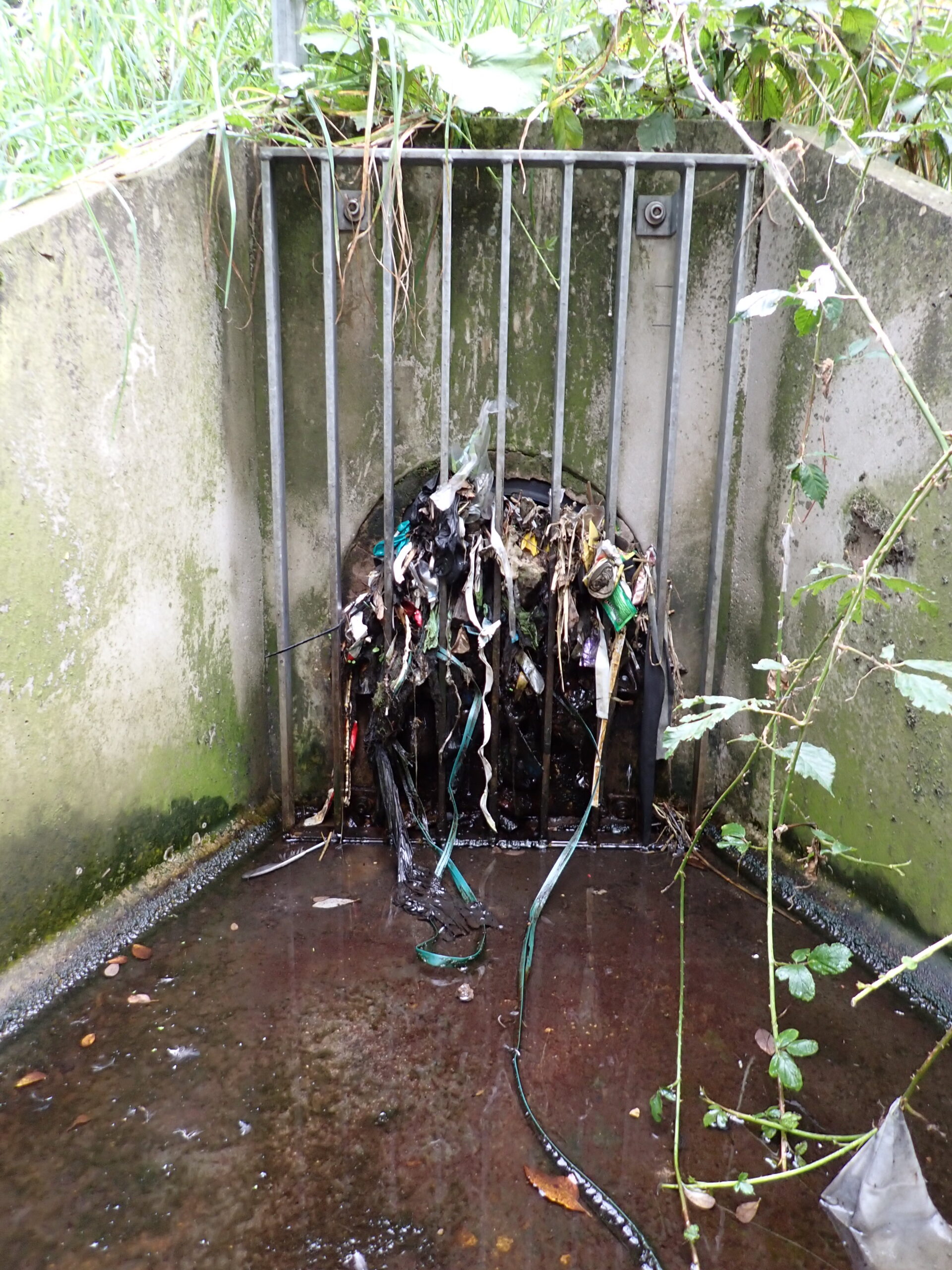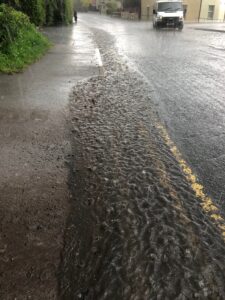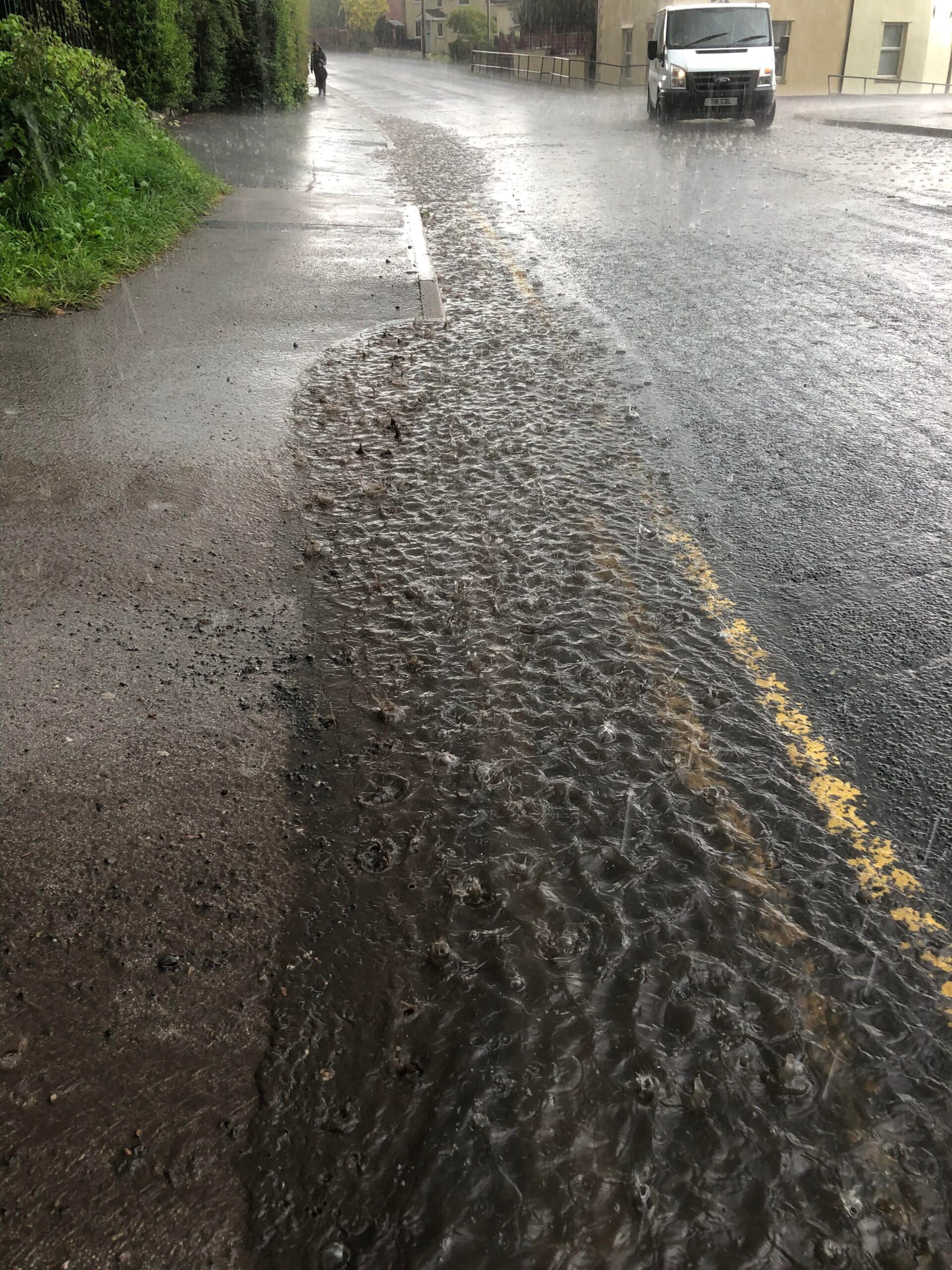Our UK Director of Operations recently posted her thoughts on LinkedIn about the imbalance of investment in pollution control. Here is her post:
I wanted to add my thoughts to the Storm Overflow Frenzy that has been in our press and on our TVs for the last 24hrs. It is good to see so many people talking about pollution and it was great to see some hard-working river action groups represented on Rivers such as the Mole and the Chess. But it’s so frustrating to hear so many of the commentators missing the point. Storm overflows cause pollution, but so do many other sources, not least the final effluent from Wastewater Treatment Works. Maybe storm overflows did discharge for 500,000hours in 2023; so what? We have no real measure of the extent of the pollution from storm overflows, and no knowledge of the harm that they cause to the local aquatic environment. We don’t know the volume of the discharges, nor the pollutant load. Consider the River Darwen and the CSO at Walton le Dale – it discharges in the middle (roughly) of the first map shown below; the River Darwen is influenced by the tide here, and it is very ‘flashy’. It drains a large catchment with steep-sided valleys and the river level rises quickly.
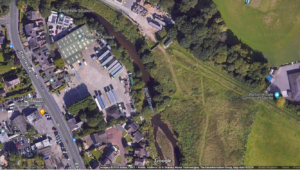
Then look at the second image. The River Darwen drains a large area of fertile agricultural land used for dairy, beef and some arable farming. It also runs through Blackburn and Darwen which are successful industrial towns, built around the river as the old textile mills relied on the river water during the industrial revolution.
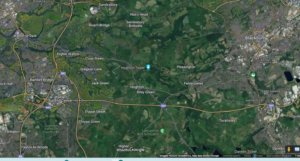
So across the catchment, there are abandoned mine workings, agricultural runoff, industrial trade effluents, surface runoff from industrial estates, septic tanks galore, runoff from the M6 and the M65, runoff from all the other roads in the catchment, scrap yards and a couple of landfill sites. All these other sources of pollution could be causing harm to the aquatic life in the river; many of them are known to be doing so. And yet the only water pollution topic that is getting media coverage is storm overflows. The only source of pollution getting huge pots of investment are water company sources. The only sector that is being interrogated and examined in detail by the regulator is the water sector. This is myopic and immoral. Just because water companies are easy-targets and everyone is joining in, doesn’t mean that this is how we should manage pollution control in the UK. Where is the equity? Where is the scientific rigour? Where is evidence? When we come back to work after the Easter break, let’s refocus on the measurement of harm to river health and direct investment where it reduces that harm. (Image credits: Google 2024)

